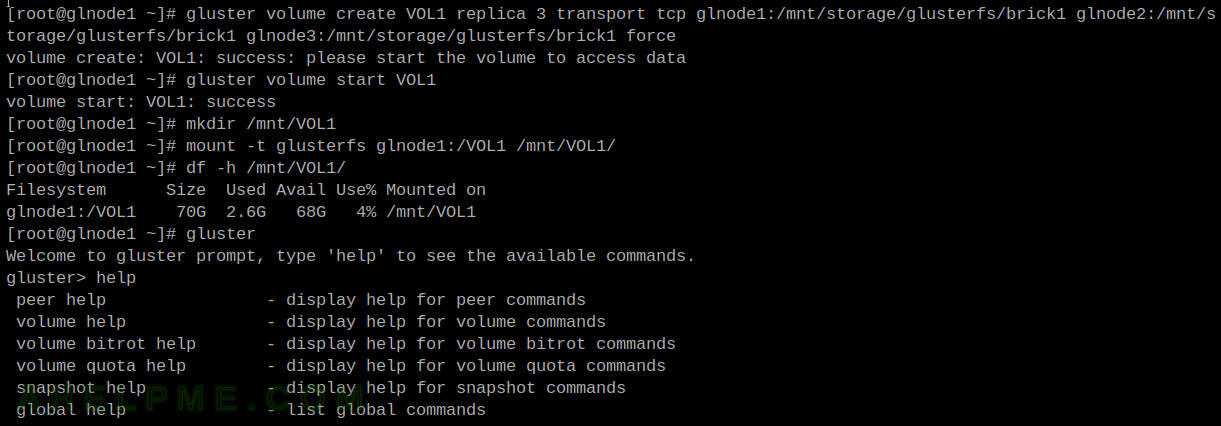In continue of the previous article with CentOS 8 – Run LXC CentOS 8 container with bridged network under CentOS 8, here is an updated version with CentOS Stream 9 running LXC container. In this case, the LXC container is CentOS Stream 9, too.
Under CentOS 8, the LXC software is from branch 3.x, but in CentOS Stream 9 the LXC is 4.x and there are some differences in the LXC configuration file.
It’s worth mentioning the differences between docker/podman containers and LXC from the previous article:
- Multiprocesses.
- Easy configuration modification. Even hot-plugin supported.
- Unprivileged Linux containers.
- Complex network setups. Multiple network interfaces connected to different networks, for example.
- Live systemd, i.e. systemd or SysV init are booted as usual. Much of the software relies on systemd/udev features and in many cases, it is really hard to run software without a systemd or init process
Here are the steps to boot a CentOS Stream 9 container under CentOS Stream 9 host server:
STEP 1) Install EPEL repository.
EPEL CentOS Stream 9 repository now includes LXC 4.0 software.
dnf install -y epel-release
STEP 2) Install LXC software and start LXC service.
At present, the LXC software version is 4.0.12. The package lxc-templates includes template scripts to create a Linux distribution environment like CentOS, Ubuntu, Debian, Gentoo, ArchLinux, Oracle, Alpine, and many others and it also includes the configuration templates to start these Linux distributions. In fact, lxc-templates now includes a download script to download images from the Internet.
dnf install -y lxc lxc-templates container-selinux
dnf install -y wget tar
The wget and tar are required if LXC templates installation is going to be performed.
There is an additional package for container’s SELinux, which should be installed before starting the LXC service, because some of the SELinux rules may not apply in the system. If the SELinux is disabled the installation of container-selinux package might be skipped.
STEP 3) Create a CentOS Stream 9 container with the help of LXC templates and run it.
Use the lxc-templates to prepare a CentOS Stream 9 container environment. The currently available containers are listed here http://images.linuxcontainers.org/, which now redirects to http://uk.lxd.images.canonical.com/ (an Ubuntu lxd images mirror). Check out the URL and choose the right container. Here the CentOS Stream 9 amd64, i.e. release 9-Stream, is used.
[root@srv ~]# lxc-create --template download -n mycontainer -- --dist centos --release 9-Stream --arch amd64
In addition, there is a “–variant” option along with “--dist” and “--release” to specify which variant to install – default, cloud, desktop or other. There is a variant column in the table on the images’ page mentioned above.
Keep on reading!

